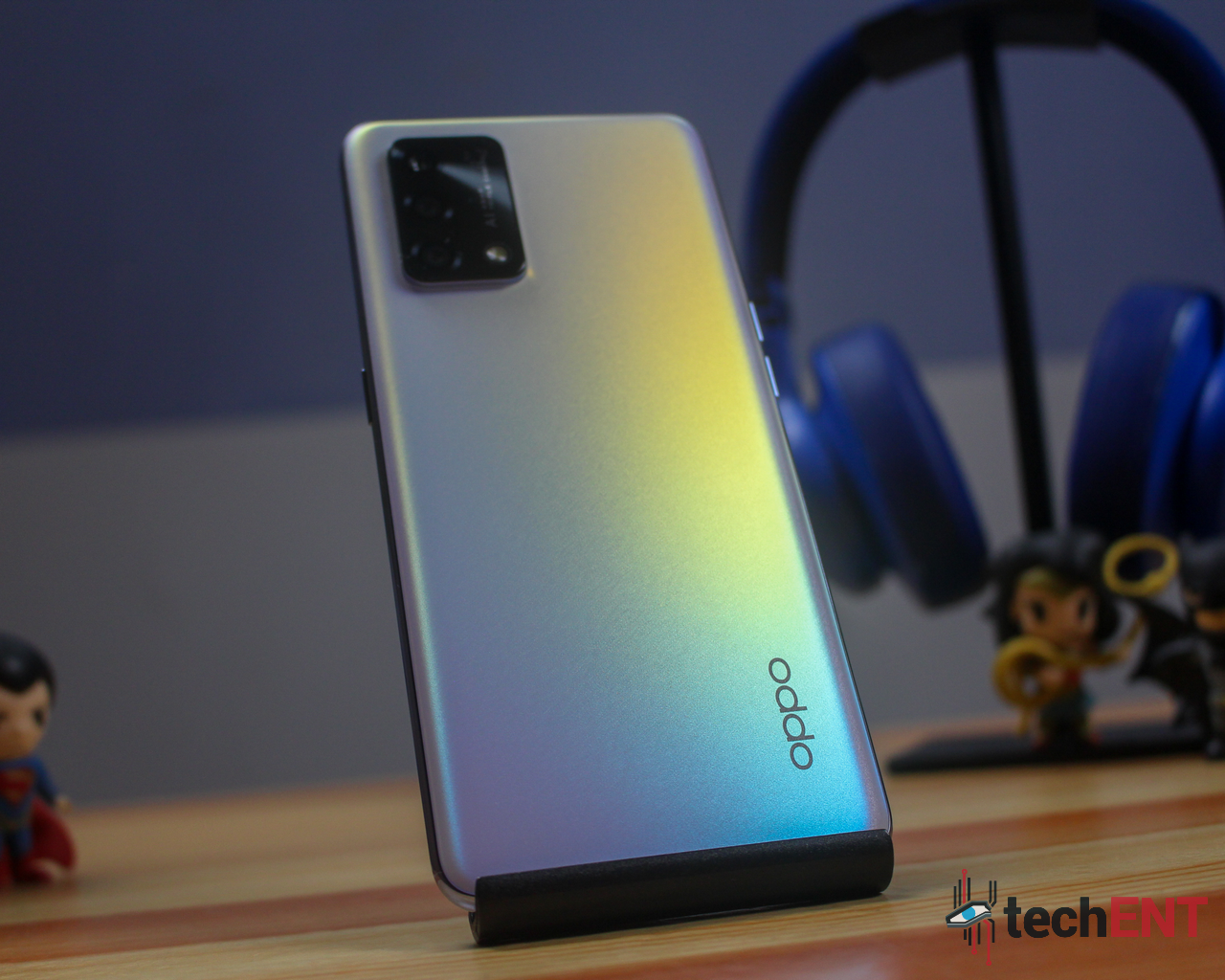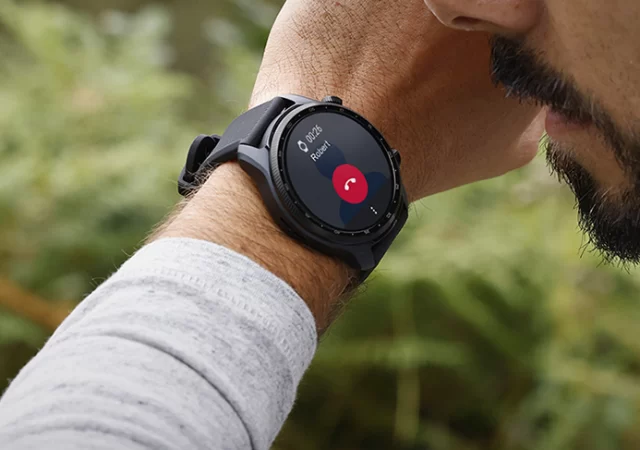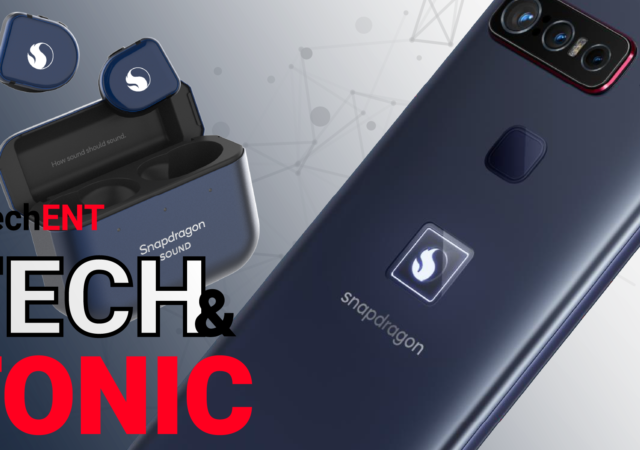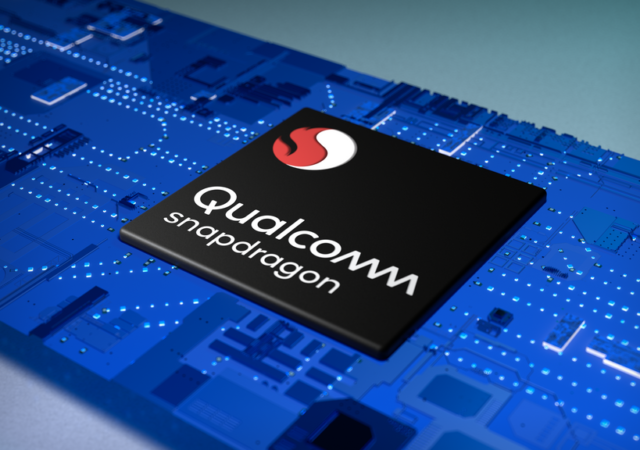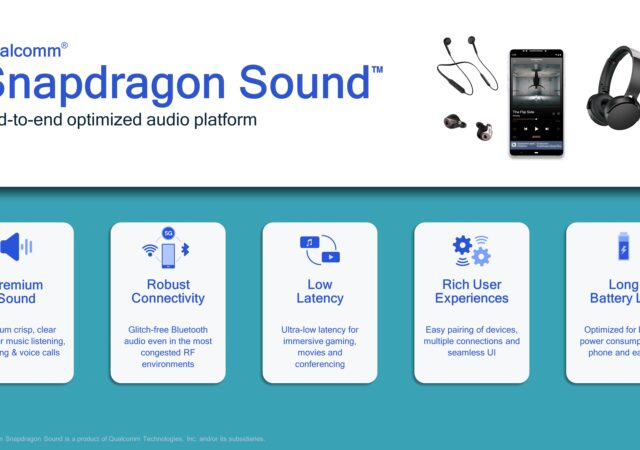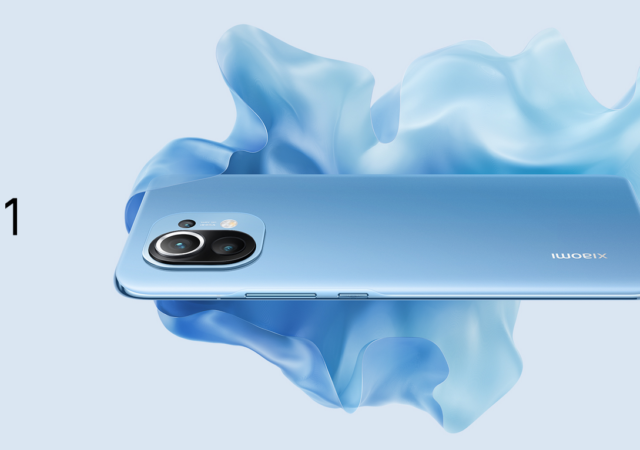The OPPO A95 brings along with it many signature OPPO features but they’ve been edited for their midrange offerings. Is it up to snuff? Read on to find out.
Dual Screen, Wear OS-powered Mobvoi TicWatch Pro X Arrives in China
Mobvoi introduces its first dual display smartwatch – the TicWatch Pro X – which runs on Wear OS and is powered by the Snapdragon Wear 4100.
Qualcomm Snapdragon Sound Brings aptX Lossless
Qualcomm announces a new aptX standard coming to aptX Adaptive – aptX lossless. The new standard comes as part of Snapdragon Sound.
Tech & Tonic S02 Episode 19 – Another Reference Smartphone? Really Qualcomm?
In this episode 19 of season 2 of Tech & Tonic Podcast we discuss the recently launched Qualcomm Smartphone for Snapdragon Insider.
Qualcomm Announces Snapdragon 7c Gen 2 Compute Platform for Laptops
Qualcomm looks at addressing the growing need for powerful, affordable systems for a Work from Anywhere future with the Snapdragon 7c Compute Platform.
Qualcomm Looks To Transform Mobile Sound with Snapdragon Sound
Qualcomm looks to change the standard of audio on mobile with the Snapdragon Sound programme by focusing on wireless audio.
Qualcomm Launches Snapdragon Insider for Fans Who Want More
Qualcomm announces a new program called Snapdragon Insider to engage and create a community of enthusiats who may shape the future of Snapdragon.
OPPO Find X3 Series Coming 11 March 2020
OPPO is launching their latest Find X3 Pro flagship with Qualcomm Snapdragon 888 SoC platform on the 11th March 2020.
JOI Book SK3000 Launches with Qualcomm Snapdragon 850 Power for MYR 2,199
JOI launches their new JOI Book SK3000 packing Qualcomm’s Snapdragon 850 SoC powering Windows 10 Pro for MYR 2,199.
Xiaomi Unveils New Mi 11 Flagship with Focus on User Experience
Xiaomi announces their latest flagship, the Mi 11 which packs Qualcomm’s Snapdragon 888 processor with 5G connectivity.



